Table of contents
Browse categories
Browse authors
 AB
ABAlberto Boffi
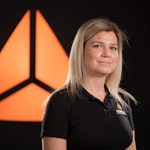 AL
ALAlessia Longo
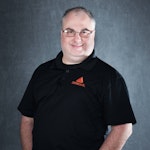 AH
AHAl Hoge
 AB
ABAljaž Blažun
 BJ
BJBernard Jerman
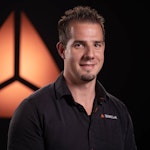 BČ
BČBojan Čontala
 CF
CFCarsten Frederiksen
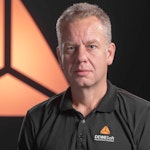 CS
CSCarsten Stjernfelt
 DC
DCDaniel Colmenares
 DF
DFDino Florjančič
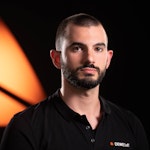 EB
EBEmanuele Burgognoni
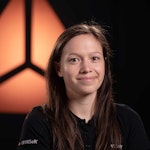 EK
EKEva Kalšek
 FB
FBFranck Beranger
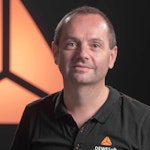 GR
GRGabriele Ribichini
Glacier Chen
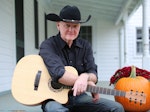 GS
GSGrant Maloy Smith
 HB
HBHelmut Behmüller
 IB
IBIza Burnik
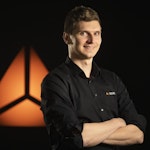 JO
JOJaka Ogorevc
 JR
JRJake Rosenthal
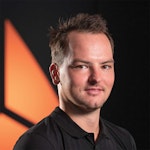 JS
JSJernej Sirk
 JM
JMJohn Miller
 KM
KMKarla Yera Morales
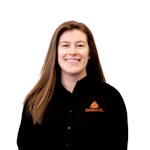 KD
KDKayla Day
 KS
KSKonrad Schweiger
Leslie Wang
 LS
LSLoïc Siret
 LJ
LJLuka Jerman
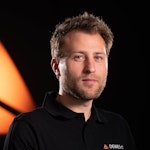 MB
MBMarco Behmer
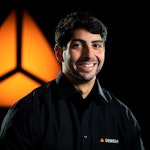 MR
MRMarco Ribichini
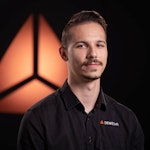 ML
MLMatic Lebar
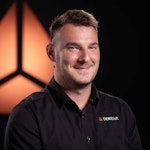 MS
MSMatjaž Strniša
 ME
MEMatthew Engquist
 ME
MEMichael Elmerick
 NP
NPNicolas Phan
 OM
OMOwen Maginity
 PF
PFPatrick Fu
 PR
PRPrimož Rome
 RM
RMRok Mesar
 RS
RSRupert Schwarz
 SA
SASamuele Ardizio
 SK
SKSimon Kodrič
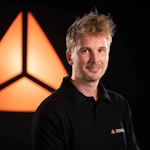 SG
SGSøren Linnet Gjelstrup
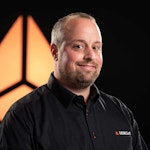 TH
THThorsten Hartleb
 TV
TVTirin Varghese
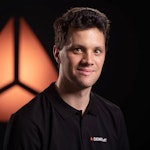 UK
UKUrban Kuhar
Valentino Pagliara
 VS
VSVid Selič
 WK
WKWill Kooiker
Electric Powertrain Measurement on Hydrofoil
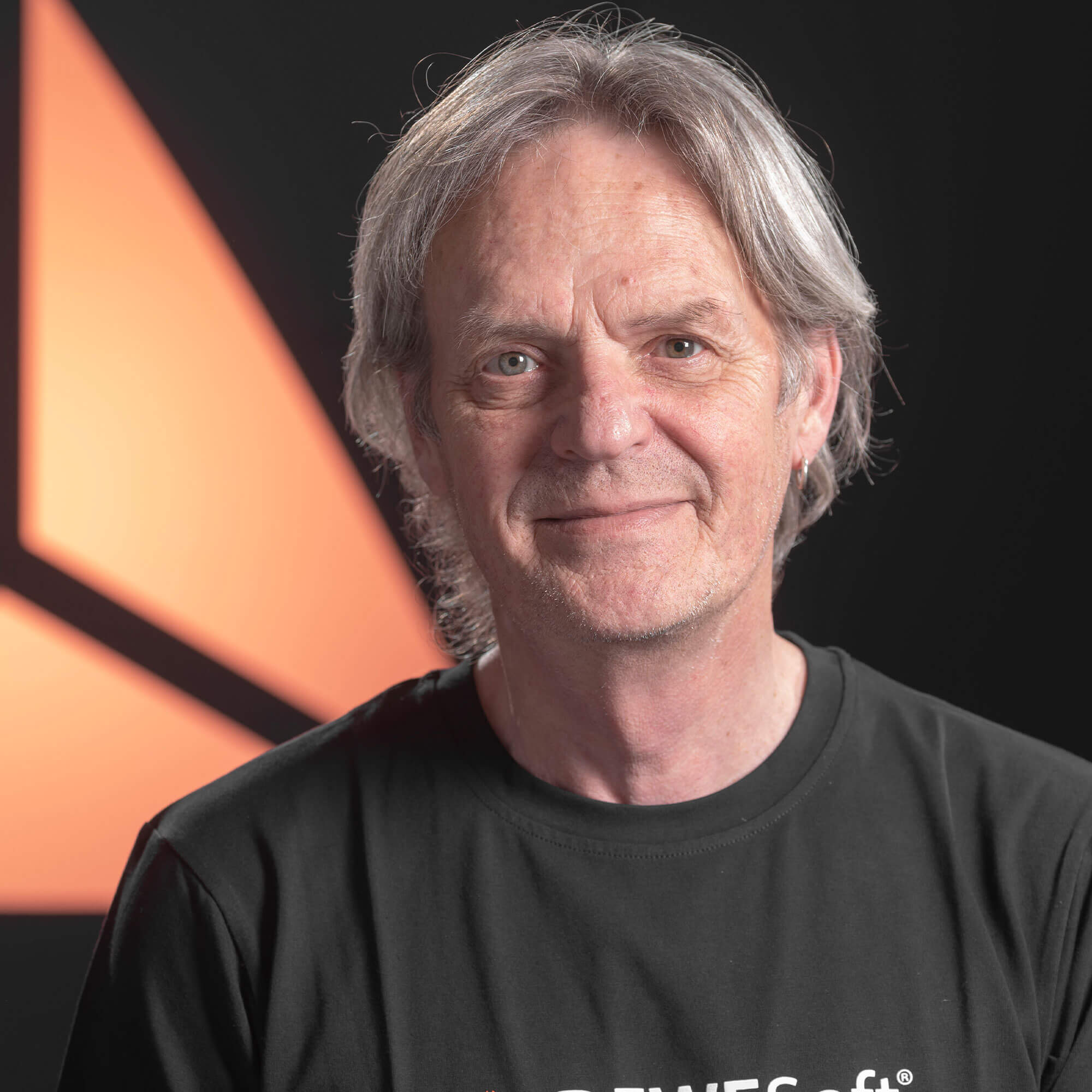
The Quadrofoil Q2 has been characterized as an “ecologically-sound electric hydrofoil sports car for the water”. For a complex product such as this, it is necessary to continuously carry out extensive measurement procedures with test equipment. Dewesoft has helped Quadrofoil in measuring the performance of the electric powertrain of their prototype hydrofoil watercraft.
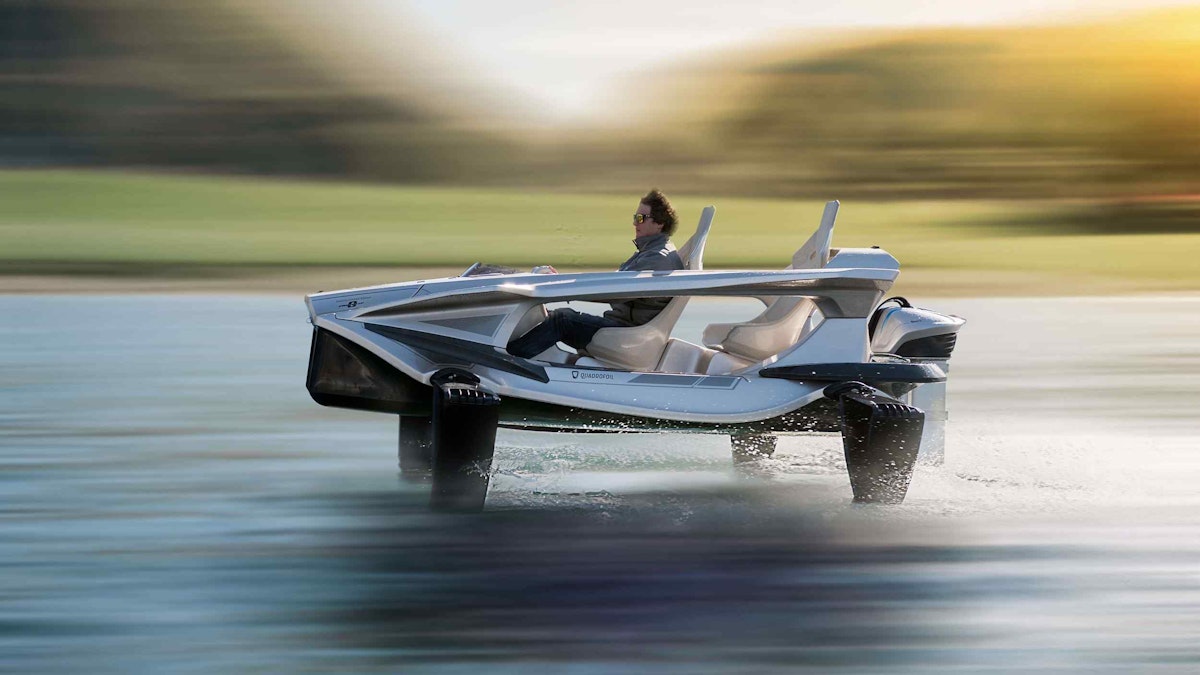
The Q2 is an advanced two-person electric watercraft that can reach speeds up to 40 km/h (24.85 mph) and has a turning radius of 7 meters (23 feet). The Q2 watercraft has C-shaped hydrofoils – allowing an above-the-water and super-silent flying experience.
Available in two models - Q2A Electric with a 3.7Kw outboard motor and Q2S Electric, consumers with the sportier 5.5Kw motor. It is capable of fully recharging in three to four hours, the Q2A/Q2S Electric motors are managed by an intuitive Battery Management System (BMS) that monitors each cell’s performance.
Q2 is designed and manufactured by the Slovenian business Quadrofoil, a hi-tech electrical engineering company with the mission to shape the future of the nautical industry and the way society embraces water transportation.
Hydrofoils let a boat go faster by getting the hull out of the water. When a normal boat moves forward, most of the energy expended goes into moving the water in front of the boat out of the way by pushing the hull through it. Hydrofoils can lift the hull out of the water so it only has to overcome the drag on the foils instead of all of the drag on the hull.
Dewesoft set up the measurement of both the DC and the AC part of the Q2 powertrain to measure the efficiency and quality of power conversion of the brushless motor power inverter. Additionally, the position, velocity, acceleration, and orientation of the watercraft were measured using an inertial measurement unit (IMU) - an electronic device that measures and reports a body's specific force and angular rate. Two cameras were used to monitor how much water the hydrofoils drew during operation.
The equipment used for the measurement:
Power supply unit for current transducers (SIRIUSi-PWR-MCTS2)
Inertial measurement unit (DS-IMU2),
A laptop running Dewesoft X3 data acquisition software.
This allowed the gathering of detailed data on the relation between power requirements and the behaviour of the watercraft.
Firstly, the current clamps were mounted onto the power leads going from the battery to the power inverter and also on the AC side of it, going to the motor. Because the space underneath the motor cover is really tight, the cover had to be completely removed and everything covered in a stretch wrap to protect the electronics from the water.
Then the IMU was mounted as close to the center of the watercraft as possible and the two accompanying GPS antennas were to the rear and front ends of the watercraft. One camera was placed on the side of the craft, looking at the left rear foil, and the second one high above the craft, fixed on a beam that was tied to the rear seat, providing a view of the front of the craft.
A battery pack, power supply for the current clamps, SIRIUS HS, and a laptop were placed onto the rear seat, everything was connected and wrapped in a few plastic bags to provide some protection from the water that could splash onto the seat.
Finally, the Quadrofoil team put the craft into the water and their test driver did a few shorter runs, setting up the foils into various different positions and making one long run in conclusion.
The data collected showed that the watercraft needs to reach approximately 10 - 12 km/h to rise out of the water and onto the hydrofoils, for which it requires about 13 to 14 kW of power. Reaching this stage, the power requirements drop to about 8 to 10 kW for cruising speeds between 24 - 30 km/h.
The efficiency of the power inverter was between 95 and 99 percent throughout the whole measurement. A strong indication that the inverter is really efficient, which again ensures that more energy is available for propulsion and those cooling requirements are low, allowing for a more compact and lower-cost cooling solution.
Quadrofoil aims to be one of the leaders in e-mobility in the nautical industry. In the future, the product range will include vessels for personal daily use as well as for public and cargo transportation – all using eco-friendly hydrofoil technology.